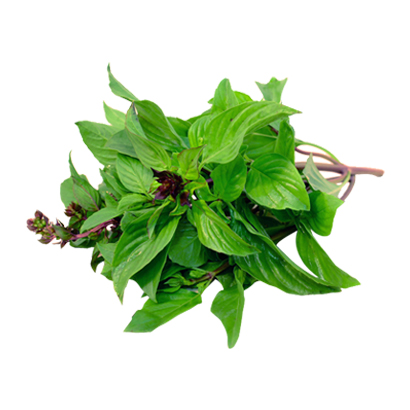ESSENTIAL OILS
Tung Oil
Product code: TRAU
Net weight: 1000kg
Price: Contact
Product details:
Botanical name: Vernicia Montana
Part use: Seed
Method: Cold Press
Supply Ability: 5,000 kgs per month
Package: 180 kgs/drum
Plant Description:
Vernicia montana is a shrub or tree growing up to 15 metres tall. The straight bole can be 25cm in diameter. The plant is evergreen in suitable climates, but can lose its leaves in areas with cold or dry seasons. The tree is often cultivated in tropical and subtropical areas for the valuable oil obtained from its seeds. The tree is sometimes planted as an ornamental and to provide shade.
Tung Oil Properties:
Item |
Specification |
Results |
Apprence |
Transparent or slightly turbid
|
Transparent or slightly turbid
|
Color (gardner) |
8.0 max |
7.5 |
Specific gravity (20°C) |
0.930 - 0.945 |
0.9365 |
Refractive index (20°C) |
1.515-1.545 |
1.5190 |
Iodine value(WIJS) |
160-173 |
161 |
Saponification value |
190-195 |
193 |
Moisture & Impurities |
0.3% max |
0.1 |
Free fatty acid |
6.0% max |
1.5 |
Worstall's heat test |
Less 12 minutes |
7 |
Beta Tung oil test |
No crystalline precipitate |
Negative (no crystallization) |


















